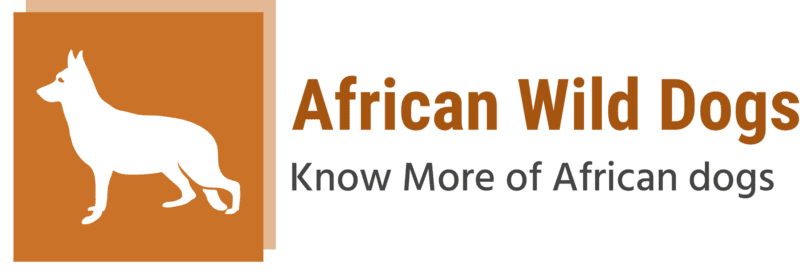A large and hostile canid native to Africa, the African wild dog is also known by its other common name, the painted dog. Despite a recent decline in their numbers, they are still among the continent’s most feared predators.
African wild dogs are pack animals with a high intelligence and social structure. All members of the pack work together under the leadership of a dominant male and female to protect the pack’s territory, care for the young, and find food.
Though they will eat almost anything, African wild dogs especially enjoy the meat of young and medium-sized antelope. They use their super endurance to outrun their prey until it is too tired to flee. The animal will be killed by a vicious bite to the throat or neck.
African wild dogs are formidable predators, but they are also highly susceptible to danger. Humans are the biggest threat to their survival despite them having few natural enemies. Farmers who view them as a threat to their livestock regularly kill them, and habitat loss and disease also pose serious threats to these animals.
Among the most critically endangered animals on the planet are the African wild dog, of which only about 5,500 are thought to exist today. There are a number of groups fighting to keep these magnificent animals alive, and with our help, they just might.
Potential Dangers to the Species
The African wild dog is among the most critically threatened species on the planet. Only about 6,000 can still be found in their natural habitat. Loss of habitat, human-wildlife conflict, and disease are the greatest dangers to African wild dogs.
A major threat to African wild dogs is the destruction of their habitat. Humans are destroying their natural habitats for agriculture, mining, and other uses. Because of this, African wild dog habitat has shrunk dramatically.
African wild dogs face additional danger from human-wildlife conflict. Because of the danger they pose to livestock and property, they are often killed when they encounter humans. Sometimes, hunters target them specifically for their fur.
Another significant risk that African wild dogs face is from disease. Diseases spread by domestic dogs are a leading cause of death for these animals. Two of the most common diseases affecting African wild dogs are canine distemper and rabies.
Advice for Animal Protectors
The increasing number of people in the world puts a strain on its infrastructure. This leaves little room for wildlife, and conservationists must exert considerable effort to supply animals with the food and shelter they require.
Wildlife protectors can benefit from the following advice:
Learn more about conservation and share that knowledge with others. The greater the public’s appreciation for wildlife, the more likely they are to back conservation initiatives.
Collaborate with people in the area to find answers that work for both humans and animals. For instance, you could advise a community on how to cultivate crops without destroying the surrounding forest.
Put pressure on policymakers at all levels to enact regulations meant to safeguard wildlife populations, such as bans on hunting and trapping.
Donate to groups that are protecting animals and their natural environments. Your monetary support can be crucial to the achievement of these goals.
Feedback on Conservation Efforts from the Public
The wild dog is one of the world’s most critically endangered species. Approximately 6,000 survive in the wild at this time. The continent of Africa is home to a large number of endangered species, including the African wild dog.
The rescue of African wild dogs has received mostly positive feedback. There is widespread agreement that we must make these sacrifices to prevent the extinction of this species. In fact, some users provide financial backing for such initiatives.
Methods of Conservation That Aren’t So Common
The following are some of the many methods that can be used to protect African wild dogs.
One option is captive breeding, which entails raising African wild dogs in captivity before releasing them into the wild as adults. Because of the challenges of recreating the natural environment in captivity and the potential for disease transmission between captive and wild populations, this approach is divisive.
Second, areas essential to the survival of the African wild dog’s habitat should be safeguarded. This can be accomplished through the establishment of protected areas or through land management practises like controlled burning and grazing.
Third, community-based conservation enlists locals in conservation initiatives like public awareness drives, livelihood assistance initiatives, and law enforcement initiatives. Protecting African wild dogs and other threatened species is best done through community-based conservation efforts.
African wild dogs are one example of an animal that has been reintroduced to an area after being exterminated as part of a programme called “reintroduction” (i.e., where they no longer exist). Due to the high stakes involved and the complexity of the planning and management involved, reintroduction programmes often generate heated debate.
Conclusion
The population of African wild dogs has been decreasing due to human activity. If you care about the future of these stunning animals, we hope this article has given you some ideas for doing so and an opportunity to read some user feedback on the subject. Together, we can make a difference for African wild dogs and ensure their future in secure habitats.

